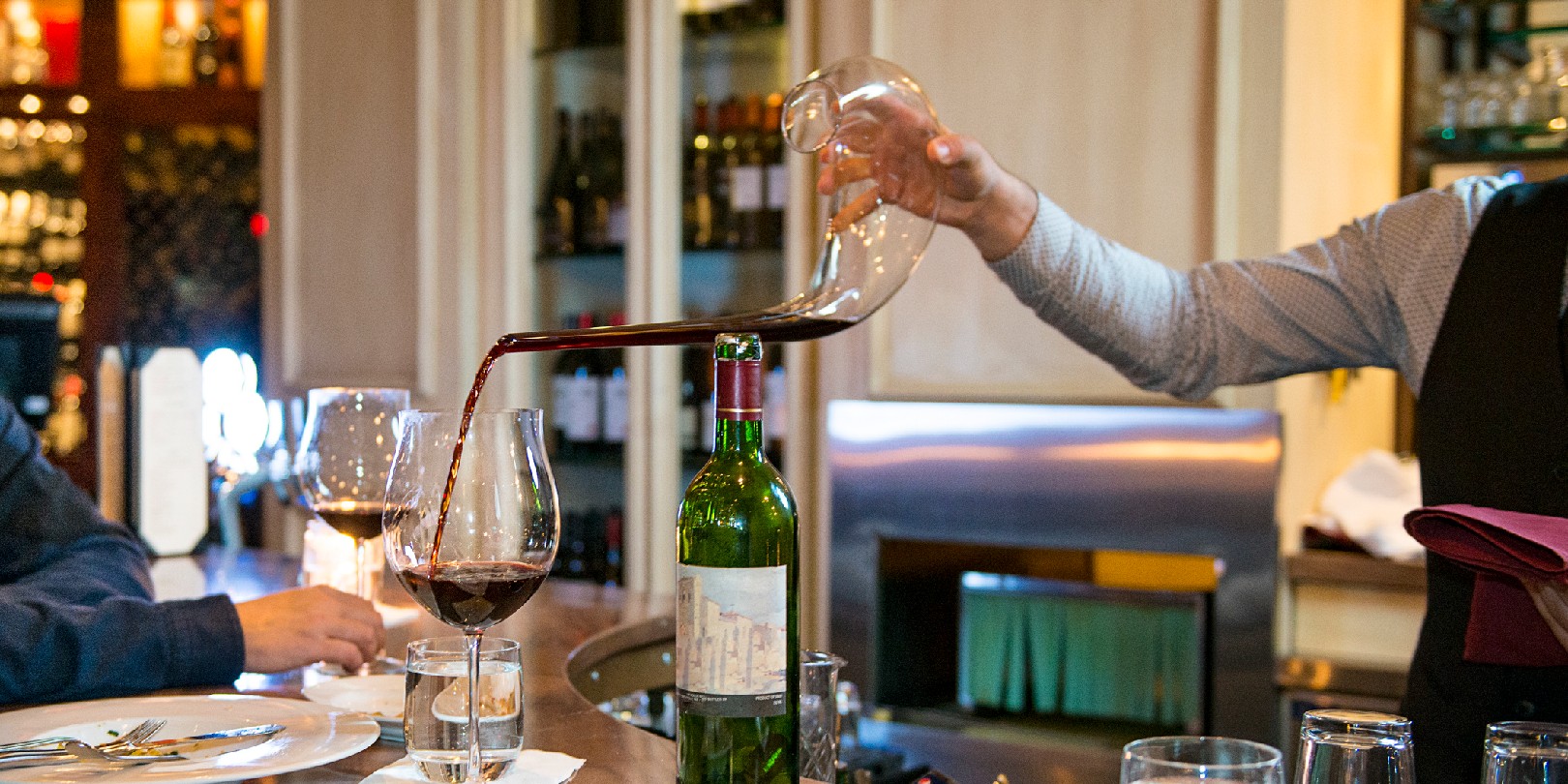Aerating Wine: How and When To Do It

If you’re a wine connoisseur, you may have heard of aerating wine and its benefits. Aerating your wine helps soften its tannins and brings out unique flavors and aromas of each grape varietal. In this post, we’ll discuss the basics of aerating your wine and the best practices for when and how to do it.
We’ll cover different methods for aerating, from using a decanter to an aerator. We’ll also share tips for deciding when to aerate your wine and how long to aerate it. With our help, you’ll be able to get the most out of your favorite wines and enjoy them to their full potential.
Definition of Aeration
Aeration is the process of exposing a bottle of wine to oxygen to bring out the full flavor and aroma of the wine. This can be achieved through various methods such as decanting, swirling, oxidation, or using a specialized electric wine opener.
Aerating wine can bring out the full flavor and complexity of the bottle’s contents. It also helps to soften tannins and makes the wine more drinkable by making it less overwhelming on the tongue. The process also releases aromatic compounds, which enhance the flavor and aroma of the wine when appropriately aerated. It can even make a cheaper bottle taste more expensive in some cases due to its improved flavor profile.
Types of Aeration
Decanting is one of the most common ways to aerate a bottle of wine and involves pouring the entire contents into a separate container, such as a decanter or carafe, before serving it. This allows oxygen to mix with the liquid and bring out its flavor profile as it is poured back into glasses or enjoyed straight from the carafe.
Swirling your glass of wine before taking that first sip can also help aerate it, allowing more oxygen to mix with the liquid before drinking it and helping to improve its flavor profile. Doing this for about 45-60 seconds is best for optimal results. Do not swirl too long or too vigorously, which could cause oxidation and make your wine taste bitter or sour.
Oxidation happens naturally over time as a bottle of wine is opened and exposed to air. This method can also be used for aeration by pouring just enough of one glass into your decanter at a time and topping it up regularly throughout the evening.
Another way to aerate your wine is using an electric wine opener or handheld aerator. These work by injecting tiny bubbles into a glass of wine and allowing them to mix with the liquid before being served, helping to release its flavor profile much faster than other methods.
Storage and Timing
The ideal duration for aerating a bottle of red will depend on how young or old the bottle is. Younger reds should be allowed around 15-20 minutes. Older bottles can benefit from 30 minutes to gain their maximum potential flavor profile from oxidation before being served or consumed.
It is also critical to ensure that your bottle has been stored at an ideal temperature throughout its resting period to ensure optimal results when aerating it at home. This should be a little cooler than room temperature for most red wines.
The Process of Aerating Wine
When selecting equipment for aerating your desired bottle, ensure you have a clean decanter, carafe, electric wine opener, or handheld aerator to take advantage of its unique advantages over other methods, such as decanting or swirling. Each tool will provide different levels of aeration depending on how they are used during the solution process.
Instructions
1) Start by uncorking your bottle for at least 15 minutes before pouring. This will allow any sediment time to settle before removing unwanted particles from entering your glass.
2) Select which equipment you wish to use for aeration. If you are using a decanter, pour enough for 1-2 glasses at a time per serving. If you have an electric wine opener, follow the manufacturer’s instructions.
3) Allow 75-90 minutes total time from opening until serving for oxygenation levels to reach their maximum potential. This will depend greatly on how much room there was within each pouring vessel when oxygen was introduced.
Pro Tips and Tricks
It is crucial to exercise caution to avoid over-aerating your wine. Pay close attention to the duration of each stage of aeration, particularly when using an electric wine opener, as it can achieve higher levels of aeration much more quickly compared to decanting or swirling techniques.
Always taste test before and after the aeration process to assess the impact of introducing oxygen into your wine. This will provide a clear indication of any noticeable differences and add an element of enjoyment to the experience.
Conclusion
Aerating wine is a crucial process that can help to improve the flavor and aroma of a bottle of wine. It helps to soften tannins and bring out the full flavor and complexity of the bottle’s contents. You can be sure you’re aerating your wine most effectively with a few tips and tricks. Whether you’re a novice or a wine connoisseur, learning the basics of aerating your wine will ensure you can get the most out of your favorite bottles. With our help, you can discover the captivating flavors within each bottle of vino and enjoy them to their fullest potential.
